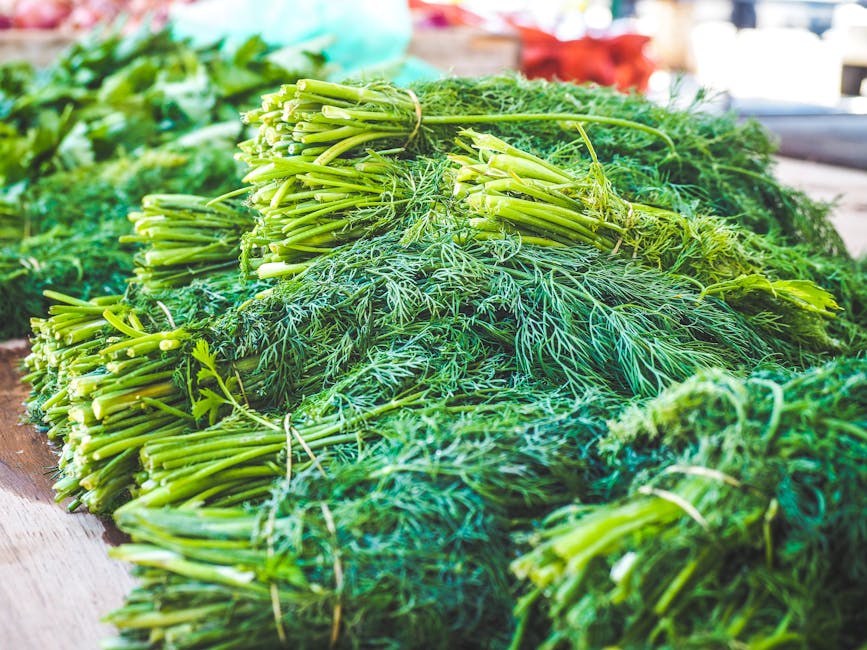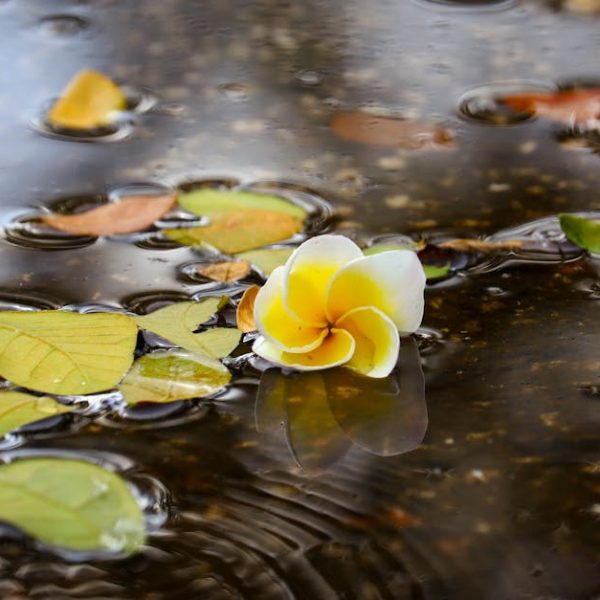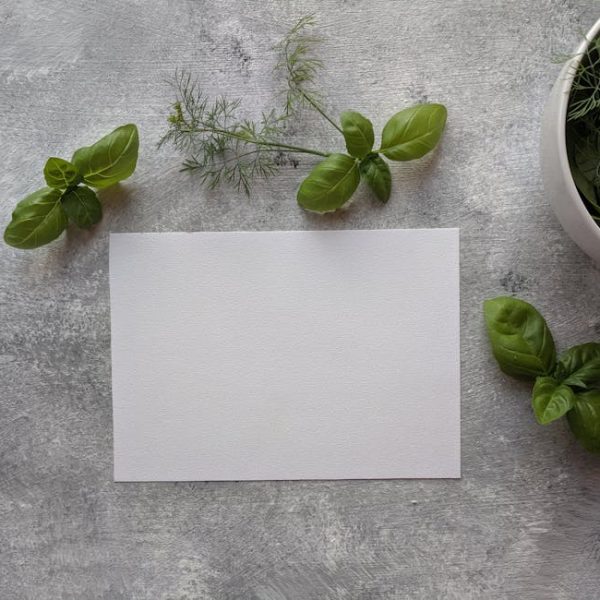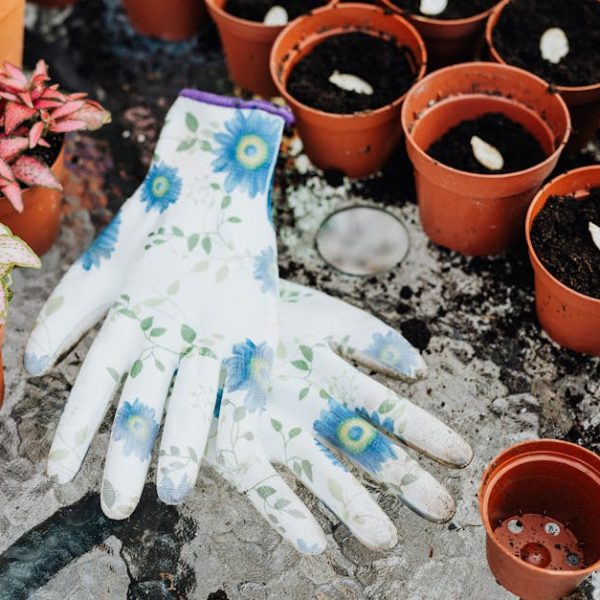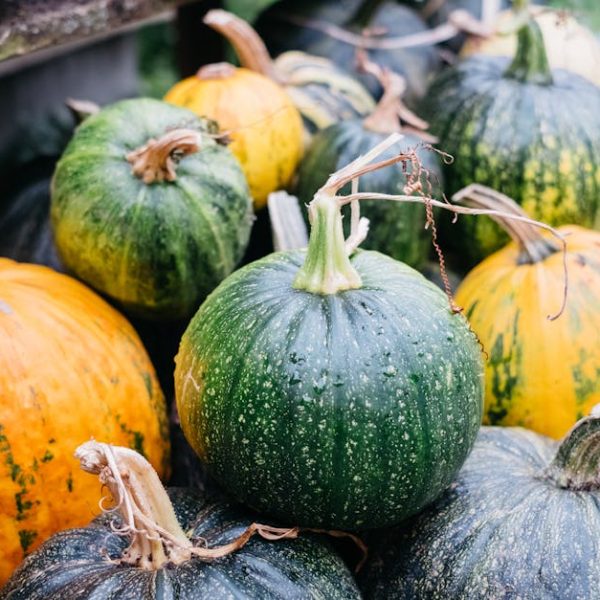Fennel, botanically known as Foeniculum vulgare, is a member of the carrot family and endowed with distinct features that set it apart from other plants. Its ornamental presence in a garden displays feather-like, bright green foliage that carries a hint of sweet anise flavor and a scent resembling licorice. This flavorful and aromatic feature makes it popular among gardeners and cooks. Additionally, it is rich in antioxidants, vitamins and dietary fiber, offering an array of health benefits such as boosting immunity, improving digestive health, and reducing inflammation.
Key Characteristics of Fennel:
- Lacy, feathery foliage
- Green with a hint of bronze hue
- Sweet, aromatic anise-like flavor
- High nutritional value
There are different types of Fennel, each showcasing unique traits. Common Fennel is a wild form, offering aromatic leaves and seeds, while Bronze Fennel flaunts a lovely bronze hue and similar flavors. Florence Fennel, on the other hand, is cultivated for its delicious, bulbous base.
Common, Bronze, and Florence Fennel
| Type | Characteristics | Culinary Use |
|---|---|---|
| ————- | :————-: | —–: |
| Common Fennel | tall, aromatic leaves and seeds | leaves and seeds for flavor |
| Bronze Fennel | bronze-hued, aromatic leaves and seeds | mostly decorative, leaves and seeds can be used for flavor |
| Florence Fennel | shorter, cultivated for bulbous base | leaves and seeds for flavor, bulb used as vegetable |
Choosing the Right Conditions for Growing Fennel
Fennel flourishes in specific conditions – full sun exposure, well-draining, loamy to sandy soil with a pH of 5.5-6.8. It prefers cool weather in spring or fall, but can tolerate summer heat if adequately watered.
Pro tip: Regularly check the soil pH. Lime can be added if the soil is acidic. While organically rich soil boosts growth, excessive nitrogen in it can suppress seed production.
Moreover, practicing companion planting elevates the growth of fennel. Whereas it is an excellent companion for dill, it’s generally unsociable with most vegetables and herbs as it releases substances that inhibit other plant’s growth. The exceptions are kohlrabi and tomatoes which supposedly are the best companions for fennel.
Check-list of Ideal Companion Plants for Fennel:
- Dill
- Kohlrabi
- Tomatoes
- Avoid planting near: beans and coriander
Steps to Planting Fennel Successfully
Kick-off your fennel gardening venture by sowing seeds directly into the garden in early spring. Start by preparing the garden-bed, followed by sowing seeds ¼ inch deep and 12 to 18 inches apart. Germination can be expected in 7-14 days if the soil temperature is maintained 15-20˚C. Regular watering keeps the soil moist, essential for germination.
Planting Fennel Seeds Steps:
- Prepare the garden bed
- Sow seeds ¼ inch deep
- Space seeds 12 to 18 inches apart
- Maintain soil temperature 15-20˚C
- Water regularly to keep soil moist
One of the challenges in growing fennel successfully is managing its propensity to bolt or prematurely run to seed in response to stress. To prevent bolting, appropriate watering, temperature regulation, and consideration to its preferred growing season can be vital.
✅ Best Practice to Avoid Bolting:
- Adequate watering
- Temperature regulation
- Planting in cool weather
Maintenance and Care for Fennel Plants
As part of the maintenance regime, fennel requires regular watering, but avoid over-saturating the soil as it can lead to root rot. During dry periods, a deep watering once a week should suffice.
Feeding the plants with a balanced organic fertilizer during the growing season can be beneficial, but keep in mind that too much nitrogen can deter seed production. Regular weeding will also keep your plants healthy and robust.
As for pruning, trim back flower heads to encourage bushier growth and to intensify the flavor of the leaves.
Best Practices: Watering and Feeding Fennel:
- Regular but not excessive watering
- Use a balanced organic fertilizer
- Regular weeding
- Pruning flower heads
Unfortunately, fennel plants can sometimes attract pests or suffer from diseases. Common pests include aphids, slugs, and snails, while powdery mildew and rust are among the common diseases. To prevent these, maintain a clean garden, trim infested leaves immediately, and consider using organic pesticides if necessary.
Common Pests and Diseases for Fennel:
- Aphids
- Slugs and Snails
- Powdery Mildew
- Rust
Harvesting and Storing Fennel
When it comes to harvesting, fennel offers a lot! You can start snipping leaves when the plant reaches 15-20 inches tall. The bulb should be harvested when it grows to about the size of a tennis ball. Seeds can be collected once they turn brown and can easily be plucked.
Steps to Harvest Fennel Leaves, Bulbs, and Seeds:
- Snip leaves when plant is 15-20 inches tall
- Harvest bulb when it’s tennis-ball sized
- Collect seeds when they’re brown and easy to pluck
If you’re not ready to use harvested fennel right away, there are ways to store and preserve it. Fresh fennel bulbs can be refrigerated for a few days, while leaves are best used immediately but can be frozen in ice cube trays. Seeds can be dried and stored in airtight containers.
Fresh vs Dried Fennel:
| Fresh Fennel | Dried Fennel |
|---|---|
| ———– | ———– |
| Leaves best used immediately after harvesting, bulbs can be refrigerated | Seeds can be dried and stored in airtight containers |
| Full flavor preserved until use | Flavor changes but lasts longer |
Pro Tip: For preserving Fennel Seeds, first spread seeds in a single layer on a flat tray, let them dry in the sun until there’s no trace of moisture, and finally store them in airtight containers away from heat and light.
By following these tips and best practices, you can enjoy the delicate beauty and rich flavor of homegrown fennel in your garden and kitchen! Happy gardening!
Key Takeaway:
- Fennel is a unique aromatic and flavorful plant with three main types: Common Fennel, Bronze Fennel, and Florence Fennel.
- It grows best in cool weather with full sun exposure, well-draining and slightly acidic soil. Depending on the region, lime can be added to the garden-bed to maintain pH levels.
- The plant’s growth can be elevated through companion planting, particularly with dill, kohlrabi, and tomatoes.
- Regular maintenance is crucial for a healthy fennel plant, including watering, feeding, pruning, and pest management.
- Fennel offers leaves, bulbs, and seeds for harvest, each of which requires unique handling for optimum yield. The harvested parts can be stored or preserved for future use in different ways.
When starting a fennel garden, there’s a lot to learn and do, but the flavorful and healthy outcomes will be well worth the effort. Keep these pointers in mind for a successful fennel cultivation journey. Happy gardening, and may your green thumb bring you plenty of delicious, aromatic, home-grown fennel!
FAQs
Q: Is it possible to grow Fennel indoors?
A: Yes, you can grow fennel indoors, provided it gets at least six hours of sunlight daily. It’s also important to ensure that the pot has good drainage to prevent root rot.
Q: Can I replant Fennel from store-bought produce?
A: Yes, you can try regrowing fennel from the base of a bulb with roots. Just keep it in a cup of water until new green sprouts appear, then transplant it into soil.
Q: How long does it take for Fennel to mature?
A: Fennel typically takes 90-115 days to fully mature from seeds. However, you can start harvesting the leaves earlier when the plant reaches about 20 inches in height.
Q: Are Fennel plants perennial or annual?
A: Although Fennel is technically a hardy perennial, it is often grown as an annual due to its tendency to become less productive in its second year.
Q: What parts of the Fennel plant are edible?
A: All parts of the fennel plant are edible – leaves, stalks, bulbs, and seeds. The leaves and seeds are often used in cooking for their distinct flavor, while the bulb can be grilled, braised, or eaten raw in salads.
Do explore more of our posts to sharpen your gardening knowledge further and feel free to share this article with fellow gardening enthusiasts.
